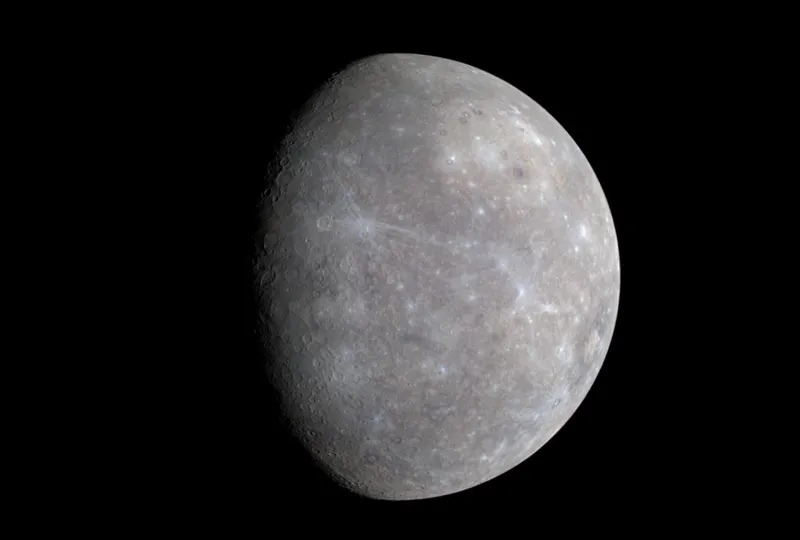
Mercury
Mercury is the closest planet to the Sun and the smallest in our solar system. It has no atmosphere, and its surface temperatures vary drastically between day and night.
- Distance: 57.9 million km
- Orbital Period: 88 days
- Moons: None
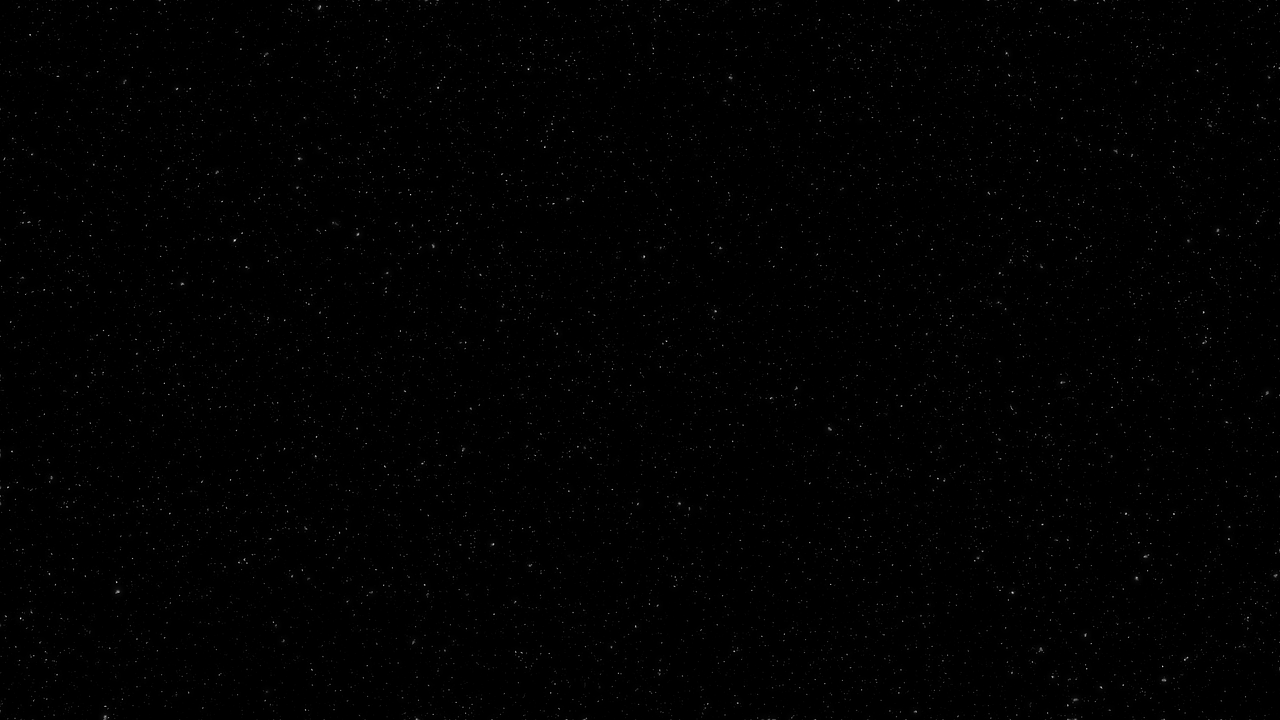
Discover the wonders of the Sun, planets, moons, and everything else that makes our solar system extraordinary.


Our solar system is home to the Sun, eight planets, dozens of moons, countless asteroids, comets, and other celestial objects. Located in the Milky Way galaxy, it's the only place we know of that harbors life – on Earth.
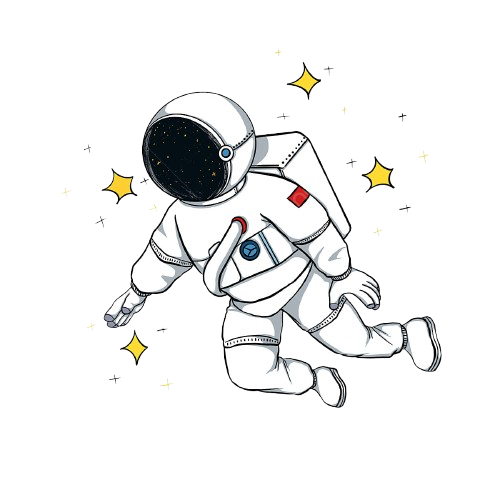

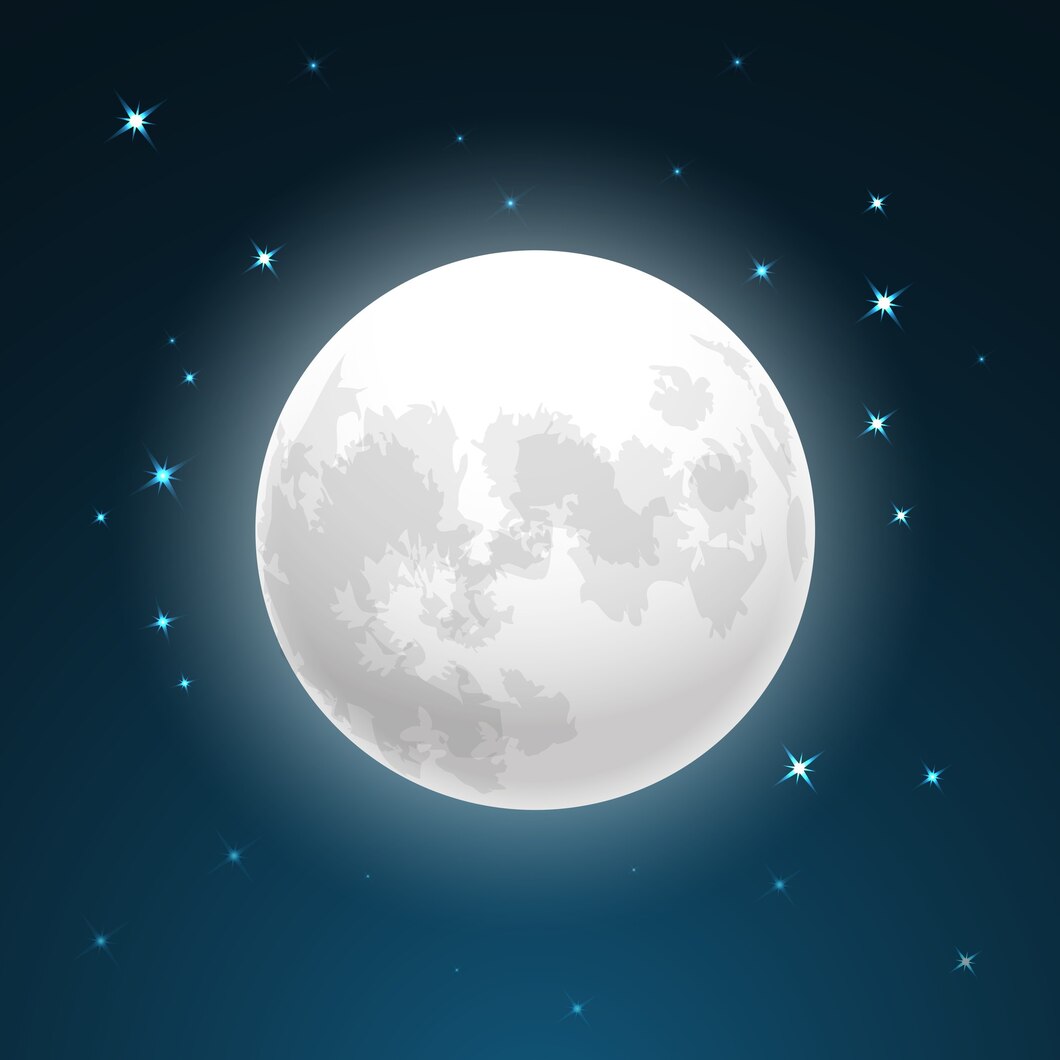
The Moon is Earth's only natural satellite and the fifth-largest moon in the solar system. Its phases have been integral to human culture for millennia.
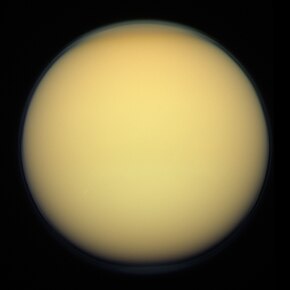
Titan is Saturn's largest moon and has a thick atmosphere and liquid methane lakes. It's one of the most Earth-like worlds in the solar system, despite its frigid temperatures.
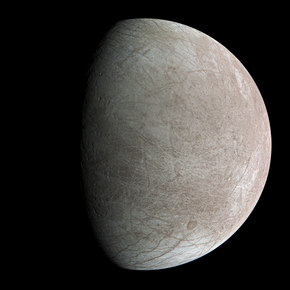
Europa, one of Jupiter's Galilean moons, is covered in ice. Scientists believe there's a vast ocean beneath its frozen surface, making it a prime candidate for finding extraterrestrial life.

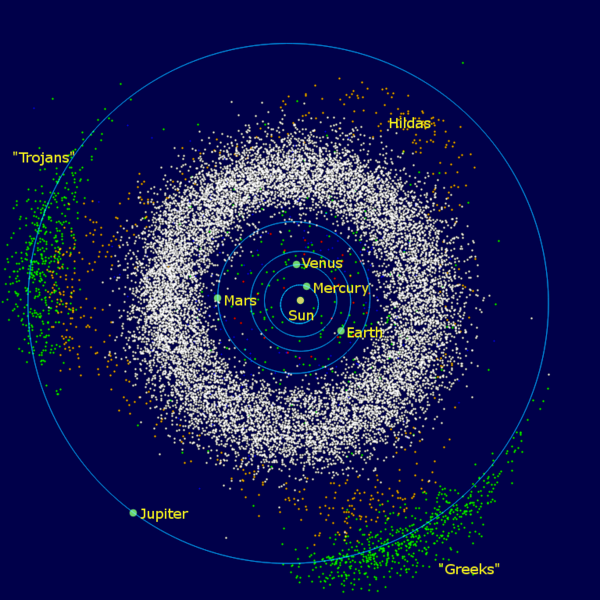
The asteroid belt lies between Mars and Jupiter and contains thousands of rocky bodies. Ceres, the largest object here, is considered a dwarf planet.
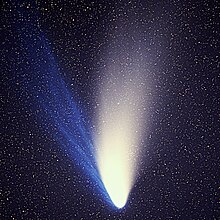
Comets are icy bodies that originate from the outer solar system. When they approach the Sun, their ice turns to gas, forming a bright tail visible from Earth.
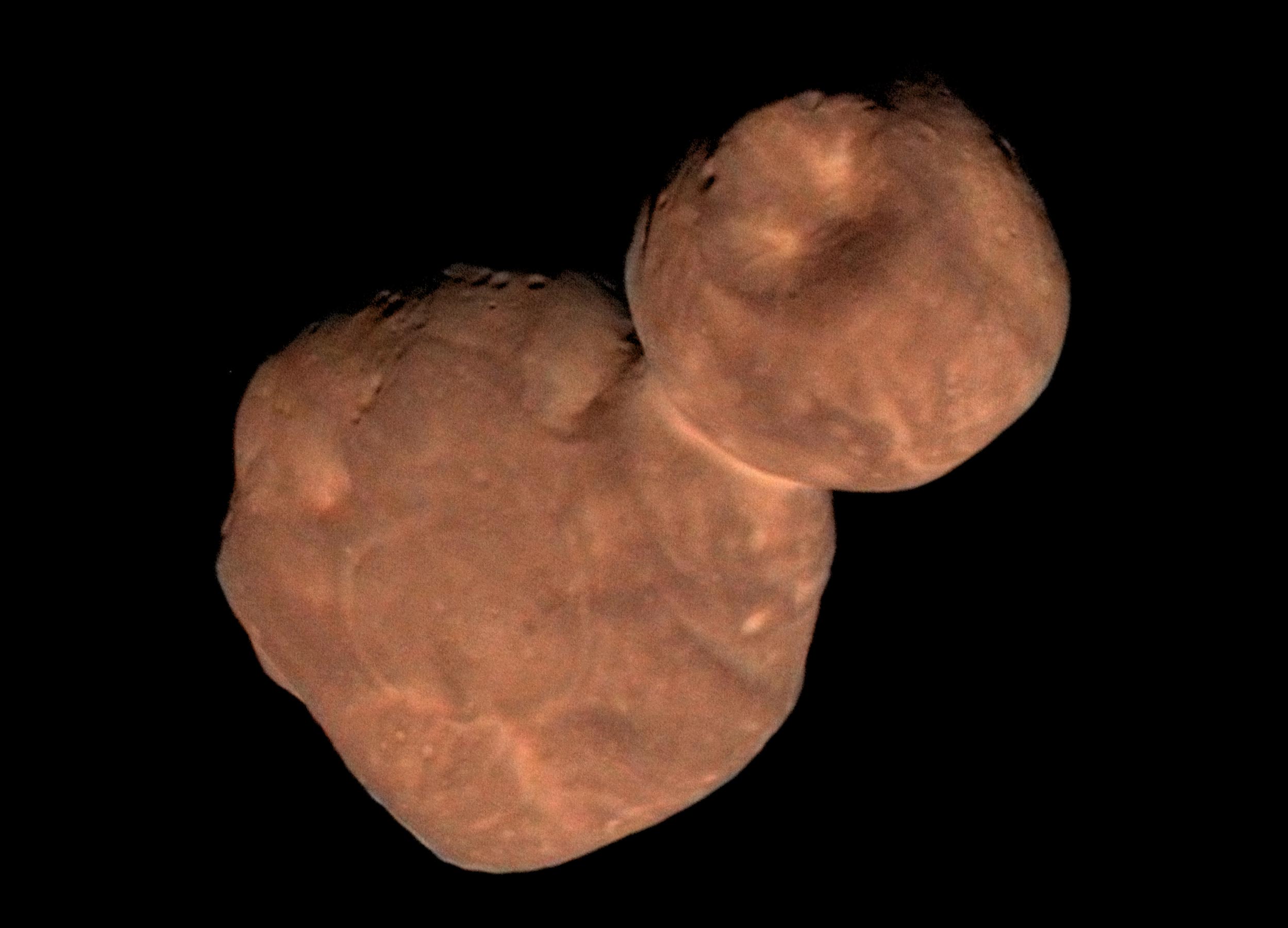
The Kuiper Belt is a region beyond Neptune filled with icy bodies and dwarf planets, including Pluto. It's similar to the asteroid belt but far larger and more distant.